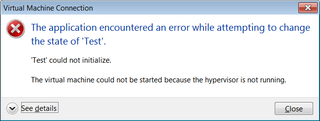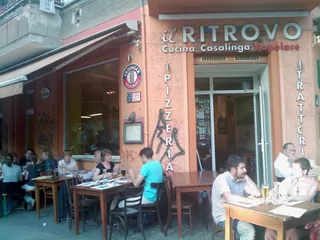Checking MX Records
If you ever stumble upon problems with MX records (like I did), nslookup may be your friend.
Basic command is easy:
nslookup -q=MX jmedved.com
Server: ***
Address: ***
Non-authoritative answer:
jmedved.com MX preference = 10, mail exchanger = mail.jmedved.com
jmedved.com MX preference = 21, mail exchanger = mail2.jmedved.com
jmedved.com nameserver = ns2.mojsite.com
jmedved.com nameserver = ns1.mojsite.com
mail2.jmedved.com internet address = 89.201.164.205
mail.jmedved.com internet address = 89.201.164.205
ns1.mojsite.com internet address = 89.201.164.100
ns2.mojsite.com internet address = 69.41.243.243This will print information from your default DNS server, but since DNS information is not propagated immediately, you may wish to check what appropriate server has to say. Just append name of DNS server in charge for given domain (nameserver field) to existing command:
nslookup -q=MX jmedved.com ns1.mojsite.com
Server: ***
Address: ***
Non-authoritative answer:
jmedved.com MX preference = 20, mail exchanger = alt2.aspmx.l.google.com
jmedved.com MX preference = 30, mail exchanger = aspmx2.googlemail.com
jmedved.com MX preference = 30, mail exchanger = aspmx3.googlemail.com
jmedved.com MX preference = 30, mail exchanger = aspmx4.googlemail.com
jmedved.com MX preference = 30, mail exchanger = aspmx5.googlemail.com
jmedved.com MX preference = 10, mail exchanger = aspmx.l.google.com
jmedved.com MX preference = 20, mail exchanger = alt1.aspmx.l.google.com
jmedved.com nameserver = ns1.mojsite.com
jmedved.com nameserver = ns2.mojsite.com
aspmx4.googlemail.com internet address = 209.85.219.1
aspmx5.googlemail.com internet address = 74.125.45.27
aspmx.l.google.com internet address = 209.85.220.30
alt1.aspmx.l.google.com internet address = 209.85.216.97
alt2.aspmx.l.google.com internet address = 209.85.199.27
aspmx2.googlemail.com internet address = 209.85.135.27
aspmx3.googlemail.com internet address = 209.85.199.27
ns2.mojsite.com internet address = 69.41.243.243
ns1.mojsite.com internet address = 89.201.164.100That gives you information fresh from the source.
You may wish to check information from all DNS servers for your site. It can happen that only primary DNS is updated with new information while secondary one has old one. This can lead to hard-to-track bugs since everything works properly but occasionally (when secondary DNS is queries) everything goes awry.


